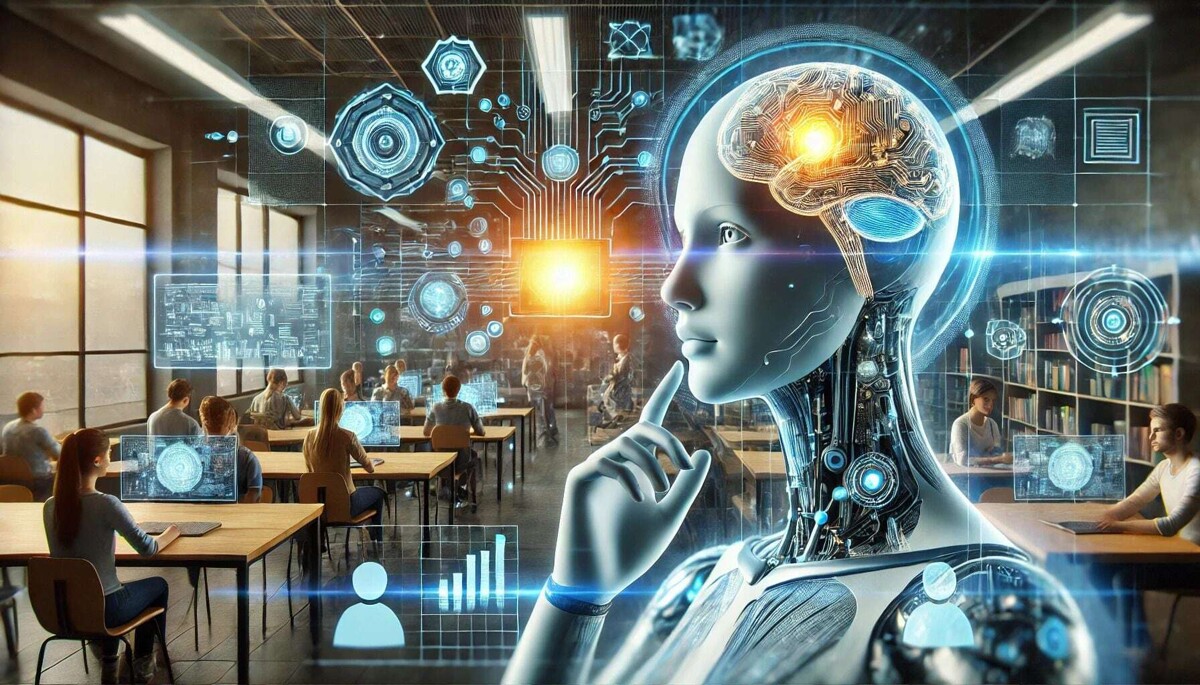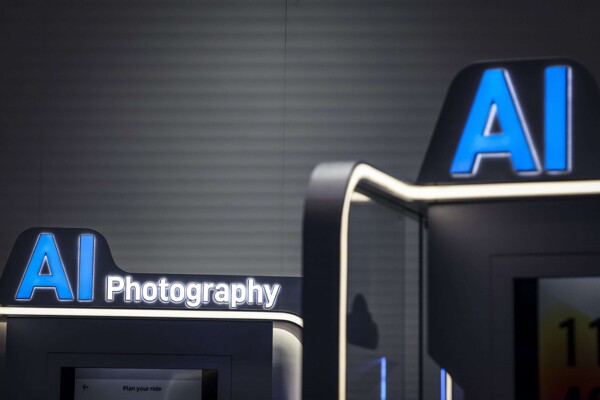
The importance of an education that adopts artificial intelligence (AI) in a critical and strategic manner to enhance learning in the classroom is underscored by various approaches. AI does not aim to replace human capabilities, but rather to be a powerful tool to amplify our virtues and strengthen human thinking. It is essential to train students in the critical and effective use of AI to develop reflective and strategic skills in their interaction with these tools.
A crucial aspect is balancing trust and skepticism towards AI in the educational environment. The arrival of AI in the classroom excites researchers like me, who have been teaching in the field of AI and robotics for years. The true richness of learning is manifested when students are challenged to understand the fundamentals behind automated responses, rather than relying solely on them.
Concepts like the "Configuration Space" in mechanisms often generate confusion among students, but understanding them is essential to enhance creativity, empathy, and informed decision-making. Critical interaction with AI strengthens students' learning, while solely relying on it to complete tasks can limit their learning capacity.
Teaching students to "think with AI" instead of blindly depending on it is fundamental. Examples like the C.R.E.A.T.E. framework offer structured methodologies to use AI as a supportive tool in learning, not as an automatic solution. AI challenges people to be more analytical, reflective, and ultimately, more human when used as a partner rather than a substitute.
To advance the effective use of AI in education, it is necessary to develop tools that guide students in critical interaction with AI and help educators optimize their teaching methods. Tools like Hattie Bot and proposals like Nash's on the effective integration of AI in teaching are examples of how technology can enhance educational quality.
In summary, the conversation about the use of artificial intelligence in education is at an early stage. It is vital to develop tools and approaches that encourage critical interaction with AI and enable students to improve their skills in analysis, evaluation, and decision-making. The challenges for educators in the age of AI are many, but the key lies in using this technology as an ally in the educational process, not as a replacement.













